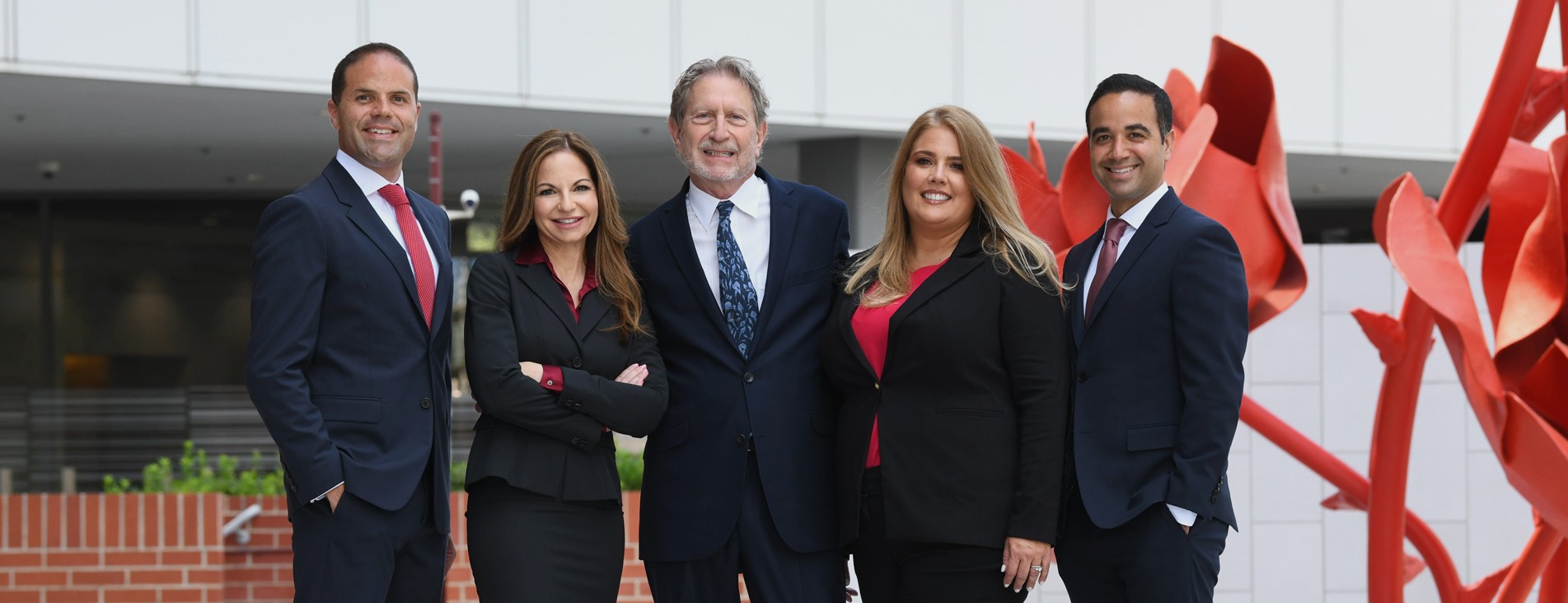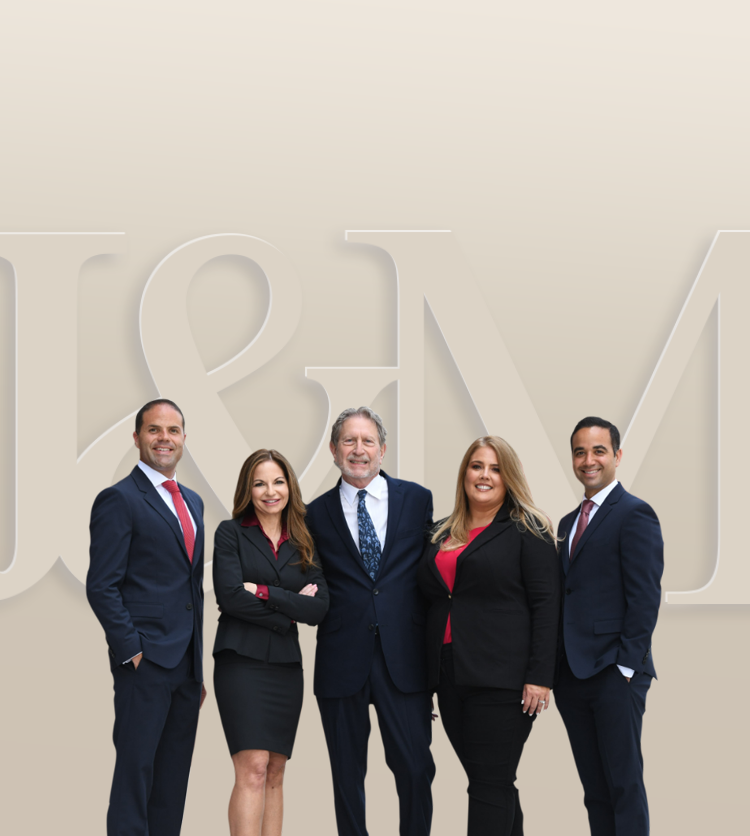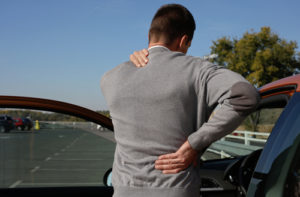Jacoby & Meyers launched a groundbreaking initiative to engage viewers and offer legal insights in a fresh and accessible way. Receiving appropriate legal counsel is crucial regardless of whether you’ve sustained an injury at work, in a car accident, or in any other unfortunate incident. Justice Matters is your access point to expert guidance from a highly skilled legal professional.
In this episode, Michael Akiva, a Managing Partner at Jacoby & Meyers, tackled the rules on the road for first-time drivers, aiming to assist young drivers and parents dealing with their child’s transition and driving journey.
Rules of the Road: The Graduated Driver Licensing (GDL) Program
A safe driver has gained a lot of practice, experience, and knowledge about the rules of the road and how several drivers drive. If your teenager is starting their driving journey, California, fortunately, follows a graduated system, also known as the Graduated Driving License (GDL) Program, that encourages a systematic way for young drivers to obtain the necessary skills and experience before acquiring full driving privileges.
This program is divided into several phases, each with distinct age requirements, training standards, and limitations designed to lower the likelihood of collisions and encourage safe driving practices.
Stage 1: Learner’s Permit
The Learner’s Permit is the first step in teaching young drivers at least fifteen and a half years old how to drive. People often need to pass eye and knowledge exams, finish basic driving instruction, and fulfill a minimum of 30 hours of formal driver-ed lessons and 6 hours of behind-the-wheel training to acquire a learner’s permit.
Teen drivers must adhere to the following restrictions before transitioning to the next stage:
- Only drive when accompanied by an adult who is at least 25 years old and possesses a valid CA driver’s license.
- Fulfill at least 50 hours of supervised driving, including 10 hours of nighttime practice.
- Avoid driving under the influence of alcohol.
- Refrain from using mobile devices like phones while operating a vehicle.
- Ensure a clean driving record is maintained.
Stage 2: Provisional License
The provisional license is a stage in the GDL program that allows young drivers, usually aged 16 to 18, to drive independently with some restrictions.
Individuals must be between 16 and 18 years old to qualify for a provisional license. Additionally, they must have fulfilled the required 50 hours of supervised driving practice, as evidenced by a parent’s signature on the instructor’s permit. Furthermore, passing a practical driving examination at the Department of Motor Vehicles (DMV) is necessary.
As mentioned, teen drivers with provisional licenses have more independence than those with learner permits. However, they must still be mindful of the restrictions imposed, including:
- Driving between 11 P.M. and 5 A.M. is prohibited for 12 months unless accompanied by a licensed driver aged 25 or older.
- Passengers under 20 are prohibited, except when accompanied by a licensed adult aged 25 or older.
- Alcoholic beverages are not permitted in the vehicle.
- Using mobile devices, such as phones, while driving is prohibited.
Stage 3: Full License
You must be at least 18 years old to get a complete license. In addition, the requirements listed in phases 1 and 2 (learner’s permit and provisional license) must have been met. You also need to have a clean driving record.
Rules of the Road: Obtaining Insurance for Your Teen Driver
The first step to guaranteeing your young driver’s safety and legal compliance while driving is to get them insurance. You can do this by:
- Getting separate insurance for your teen driver or
- Adding them to your existing policy by contacting your insurance company.
Note that including your teen driver in your existing auto insurance coverage is usually less expensive than getting them a new policy. Make sure your insurance policy’s deductible and coverage limits are sufficient to safeguard your young driver. Adjustments can be required depending on several variables, including your financial status and the vehicle’s worth.
You can also choose the type of coverage you need for your adolescent driver when purchasing a new one. This could include liability coverage, collision coverage, comprehensive coverage, and others. Discuss your options with your insurance agent to identify the best coverage for your teen’s driving habits and the vehicle they will be using.
Rules of the Road: Liability in Car Accidents Involving Teen Drivers
Your child can be held responsible in a car accident involving teen drivers if their actions caused the collision. However, if they are underage, you, the parent, or their guardian should shoulder the damage expenses of the crash. This usually happens under the following legal principles:
Negligent Entrustment
If a parent or legal guardian allows a child driver known to be dangerous, unfit, or unable to operate a car safely, they can face legal repercussions. This is because the person lending the car knew, or ought to have known, that the young driver was inexperienced, incompetent, or had a history of acting recklessly, making them a danger to other people.
For example, despite knowing that they once hit another vehicle before, you allowed your child to use it to pick up some groceries. Unfortunately, they struck a pedestrian when entering an intersection going to the supermarket. In this case, you can be liable for the accident.
Vicarious Liability
A legal doctrine known as “vicarious liability” holds parents or guardians accountable for their underage children’s acts when those actions cause injury to other people. When a teenage driver under eighteen is involved in a vehicle crash and their carelessness causes an injury or other type of damage in the accident, the child’s actions may hold their parents or guardians legally responsible.
Driving Privilege Application
If an individual under 18 is involved in a car accident, the person who supported and validated the child’s driver’s license application may also be held legally responsible for the incident.
This endorsing person, who is frequently a parent or legal guardian, usually accepts joint and multiple liability with the minor for any harm brought on by the adolescent’s careless driving.
This is why parents or legal guardians must acknowledge that they may be held accountable when approving a minor’s application for a driver’s license.
When is the Guardian or Parent Exempt of Liability?
Under the following circumstances, parents or guardians may occasionally be released from responsibility in an accident involving a young driver:
- If a parent does not have custody of their child at the time of the accident, they are typically not held legally accountable.
- When the accident occurred, the youngster did not reside with them.
- They had no legitimate influence over what the youngster did.
Parents will no longer be held responsible once an underage driver reaches legal age and legally owns the vehicle.
Understanding the Role of Car Accident Lawyers in Protecting Your Child’s Rights
Experienced drivers may exploit your teen’s lack of experience to their advantage. With their greater knowledge and authority, they might pressure your teen into accepting responsibility for the accident, even if they are not responsible. To avoid this error, advise your young driver to:
- Stay calm.
- Avoid apologizing.
- Refrain from blaming the other driver.
- Stay at the accident scene and wait for the authorities to respond.
- Gather evidence, such as the other driver’s insurance information, photos of the crash scene, and contact details of witnesses.
- Contact a car accident lawyer.
A car accident lawyer can help assess the situation and determine liability in a car accident involving your teen driver. With the evidence obtained, they can prove the other driver’s negligence and calculate the total damage to maximize your payout. They will vigorously fight against the other driver’s insurance company to protect your teen driver’s legal rights.
If you need legal assistance, our legal team has streamlined an effective process to ensure you are well informed about your legal rights and receive the justice you deserve. Our dedicated team of legal professionals provides exceptional service by:
- Maintaining transparent and open communication throughout the entire duration of your case.
- Skillfully negotiating with insurance companies to secure fair and just compensation on your behalf.
- Assisting in coordinating appropriate medical treatments as recommended by your healthcare provider.
- Providing support for any other concerns related to your accident to alleviate your worries.
- Protecting your legal rights by establishing liability, assessing the extent of damages, and vigorously advocating for your claim.
We offer a free consultation where you can receive legal guidance from car accident lawyers. To explore your legal options, reach out to us at 800-500-0000.
Jacoby & Meyers. Because Everyone Deserves Justice.
Works Cited
Bieber, Christy. “What Is Vicarious Liability? Definition & Examples.” Forbes, 13 October 2022. Accessed 12 February 2024.
“CA Graduated Drivers License (GDL) – Drivers Ed & Traffic School.” DmvEdu.org. Accessed 12 February 2024.
Call or text 888-522-6291 or complete a Free Case Evaluation form








